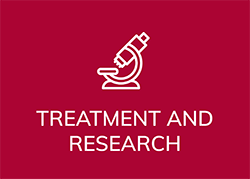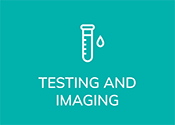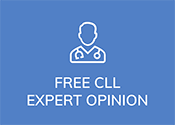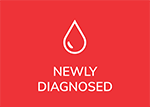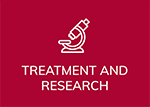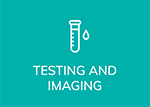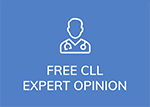
COVID-19 Updates
Being immunocompromised mandates that those living with CLL and SLL stay well- informed in order to plan ahead. Performing individualized risk-assessments based on the most recent data available help to keep us informed so we can know how to advocate for receiving the best possible care should COVID-19 infection occur.
As needed, CLL Society posts updates and provides background information on new research in an effort to keep our community informed. The information presented will remain focused on reliable scientific sources of information and avoid most of the news that is not directly coming from reliable medical experts or government and world health agencies.
COVID-19 UPDATES
Here is our most recent update: CLL Society’s COVID-19 Update for the Week of September 18, 2023
Read our past COVID-19 Updates:
COVID-19 Update for the Week of April 24, 2023
COVID-19 Update for the Week of March 20, 2023
COVID-19 Update for the Week of March 6, 2023
COVID-19 Update for the Week of February 20, 2023
COVID-19 Update for the Week of February 6, 2023
COVID-19 Update for the Week of January 30, 2023
COVID-19 Update for the Week of January 23, 2023
COVID-19 Update for the Week of January 16, 2023
COVID-19 Update for the Week of January 9, 2023
COVID-19 Update for the Week of January 2, 2023
COVID-19 Update for the Week of December 26, 2022
COVID-19 Update for the Week of December 19, 2022
COVID-19 Update for the Week of December 12, 2022
COVID-19 Update for the Week of December 5, 2022
COVID-19 Update for the Week of November 28, 2022
COVID-19 Update for the Week of November 21, 2022
FEATURE
The CLL Nurses Note: The Importance of Advocating for Your Safety in Healthcare Settings
We have for a very long time known that those with CLL / SLL are at risk for having difficulty fighting off infections. We have also been keenly aware of the increased morbidity and mortality associated with those who acquire pneumonia. But the COVID-19 pandemic as really put a spotlight on the increased infection risks and the impaired immune response of those with CLL / SLL more than ever before.
ADDITIONAL READING
RECENT NEWS
When appropriate, the CLL Society will be posting updates and background information on the present Coronavirus pandemic focusing on reliable primary sources of information and avoiding most of the news that is not directly from reliable medical experts or government and world health agencies.



